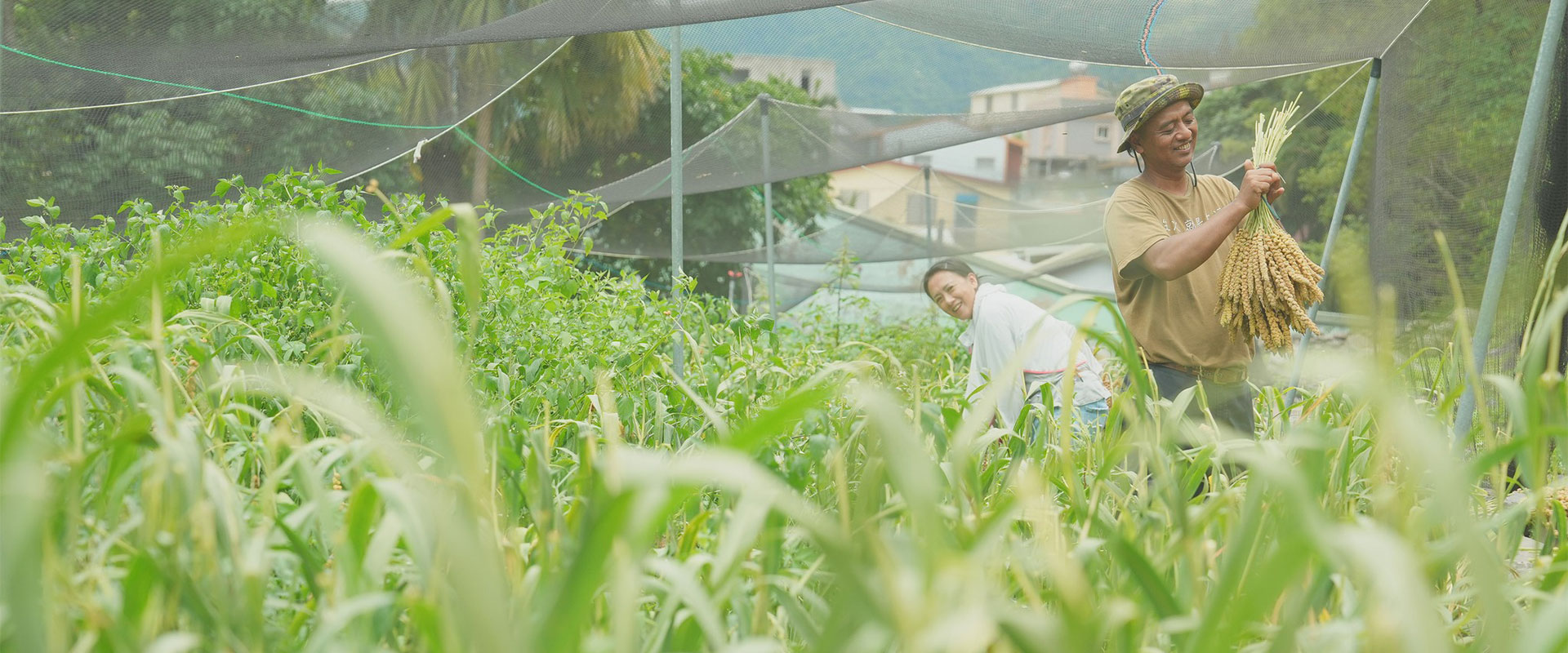
Following the forest calendar, we’ve arrived at May.
When the fruits of the climbing fern twirl through the air and fall to the ground, the shell ginger begins to bloom — and millet is soon to ripen.
In the fields at this time of year, millet heads emerge, shell ginger bears fruit, and everything falls perfectly into place — the timing and the land aligning just right for wrapping Cinavu (traditional millet dumplings) with fresh leaves and filling.
Inside the bird netting, rows of millet stand upright like neat soldiers.
Sparrows and white-rumped munias love millet; the few plants left outside the nets have already been pecked clean, leaving only hollow husks swaying in the wind.
In May, the hot foehn winds sweep across Tjuabal.
37 or 38 °C is just an ordinary day.
The scorching wind singes the leaf edges of the millet, and when sudden rain follows, the plants turn fragile. As harvest approaches, waves of weather trials arrive one after another.
Luckily, along the edges of the field, tall black nightshade grows shoulder to shoulder with the millet — like a silent guardian shielding the crop from the heat.
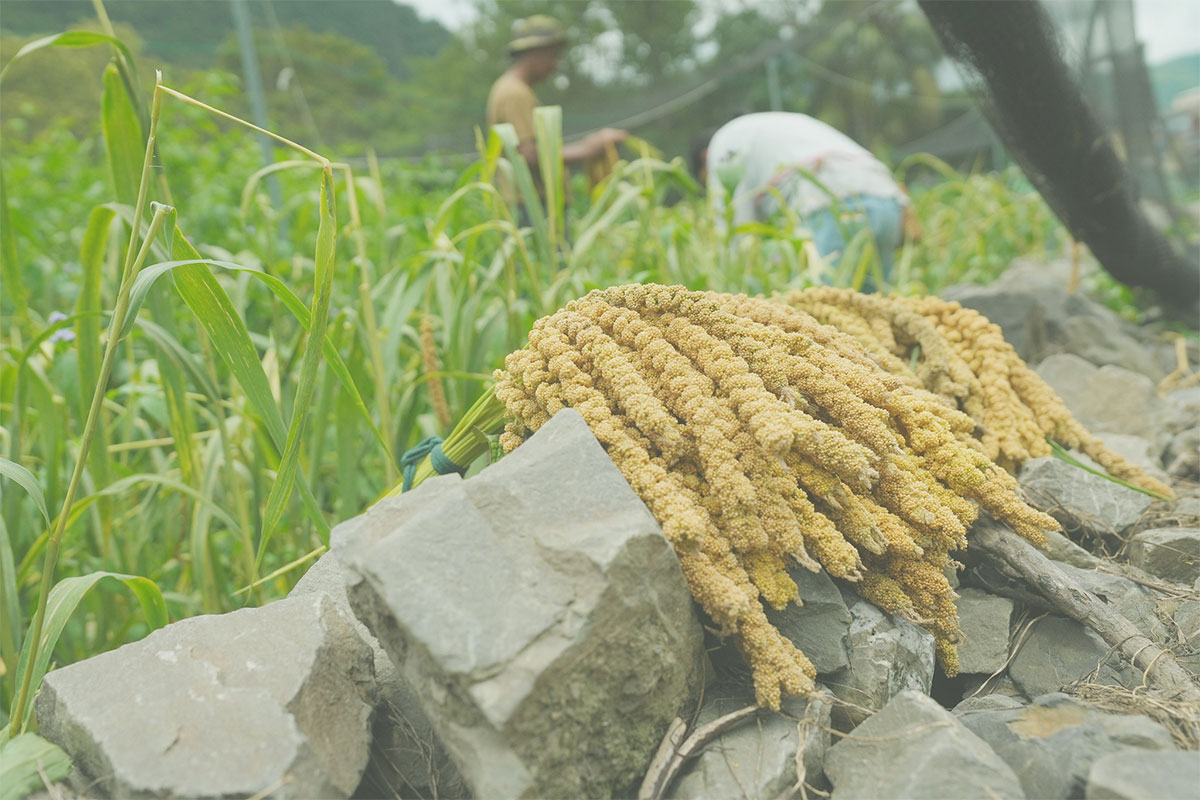 During millet season, the weather changes quickly. <br>Farmers have mastered the art of reading the sky and seizing every break to harvest millet.
During millet season, the weather changes quickly. <br>Farmers have mastered the art of reading the sky and seizing every break to harvest millet.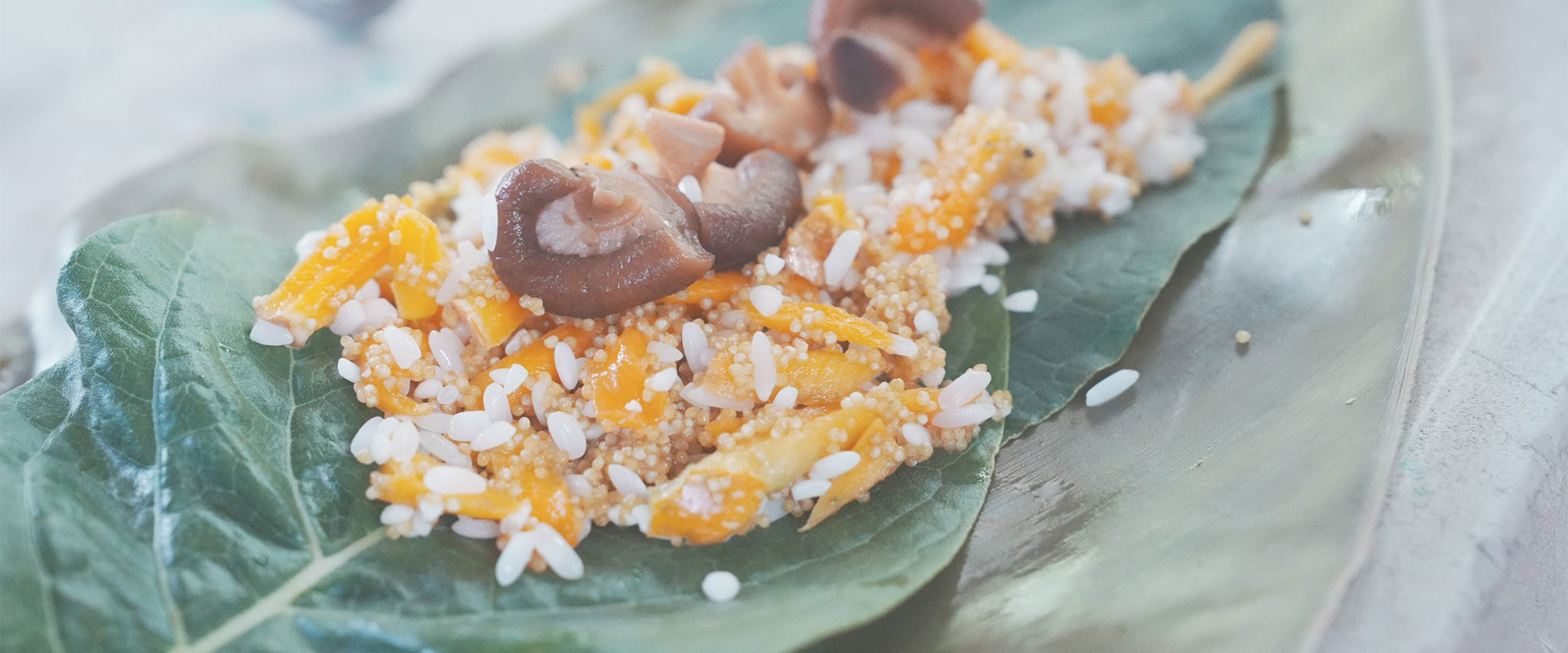
The plan was to start harvesting at noon,
but by half past ten, farmer Lan Bao was already in the field.
“If we don’t start now, it’ll rain right at noon,” he muttered,
like a human weather station — precise to the minute.
Reading the scent of the wind, the shape of the clouds, and the breath of the land,
he forecasts the weather in a way no machine can.
Farmers have always been the most accurate weather observers.
On ordinary days, Hao-ching, Lan Bao’s wife, never misses her beauty care routines — lashes, nails, hair.
But during millet harvest season, you’ll see a “lady of the fields” with her sleeves rolled up, harvesting under the blazing sun.
Wrapped up tight for sun protection, she laughed as the photographer called out,
“We can’t see your face! Want to take off your hat?” 😆
She peeled off her layers of sun gear and said, “Good thing I put on extra sunscreen today!”
No sickles are used for harvest —
they still follow the ancestral way: pulling the leaves down to the node, snapping the stalks by hand,
leaving a long stem to tie into bundles.
Lan Bao and Hao-ching move swiftly and rhythmically,
harvesting and bundling with ease. Within moments, they’ve moved several meters forward.
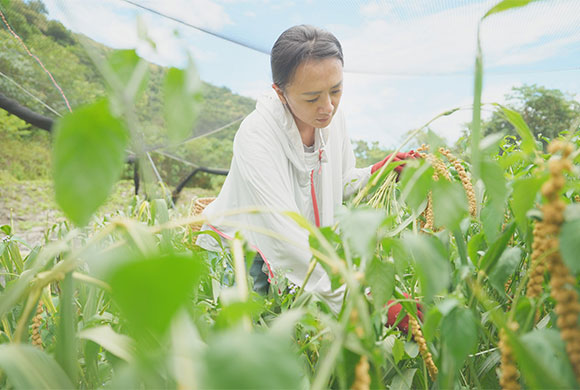 pull the leaves down to the node, snap the stalk, <br>and leave a long stem for easy bundling.
pull the leaves down to the node, snap the stalk, <br>and leave a long stem for easy bundling.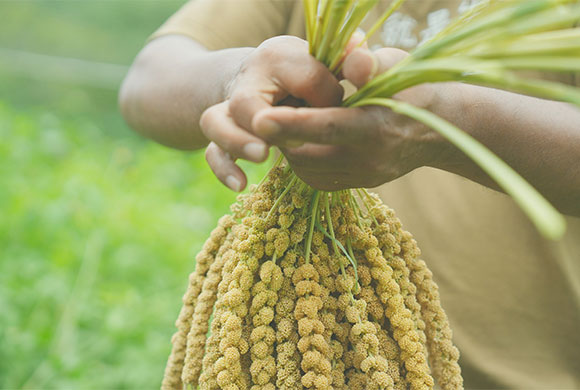 Millet tied into bundles.
Millet tied into bundles.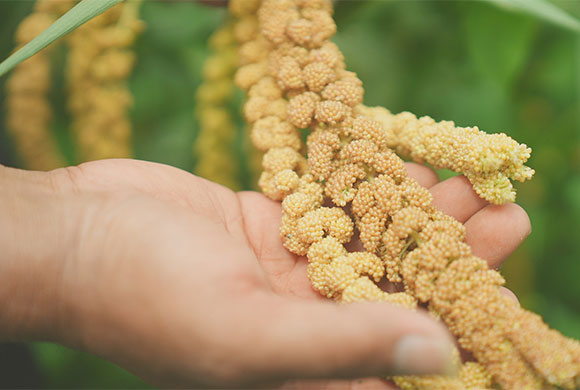 Healthy, golden millet.
Healthy, golden millet.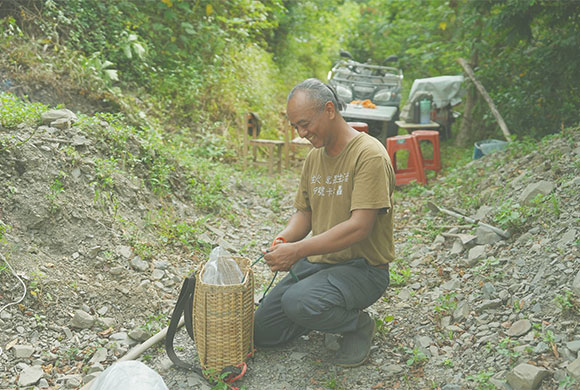
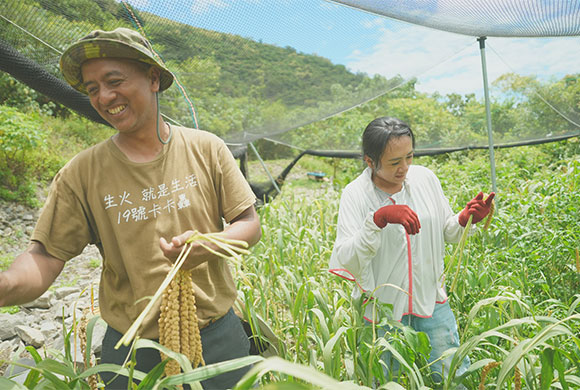
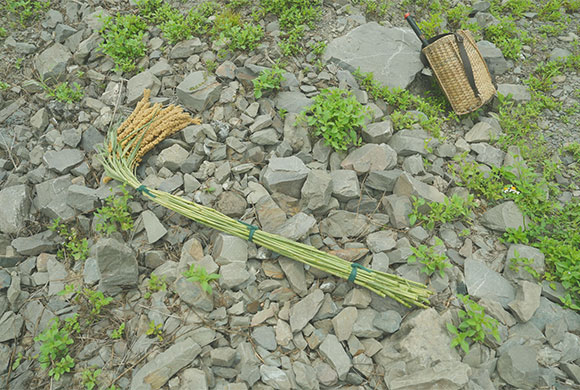 Freshly harvested millet bundled together.
Freshly harvested millet bundled together.With the Dragon Boat Festival approaching, thoughts turn to food.
Much like the Han people’s zongzi,
the Indigenous delicacy is Cinavu.
Should this freshly harvested millet be used to wrap some?
Layer by layer — shell ginger leaves, wild pepper leaves, then a filling of millet, pumpkin, and pork.
Just the thought makes mouths water.
A pot of shaken rice with wild greens,
served with chili and salted fish,
and the whole family gathers to eat together.
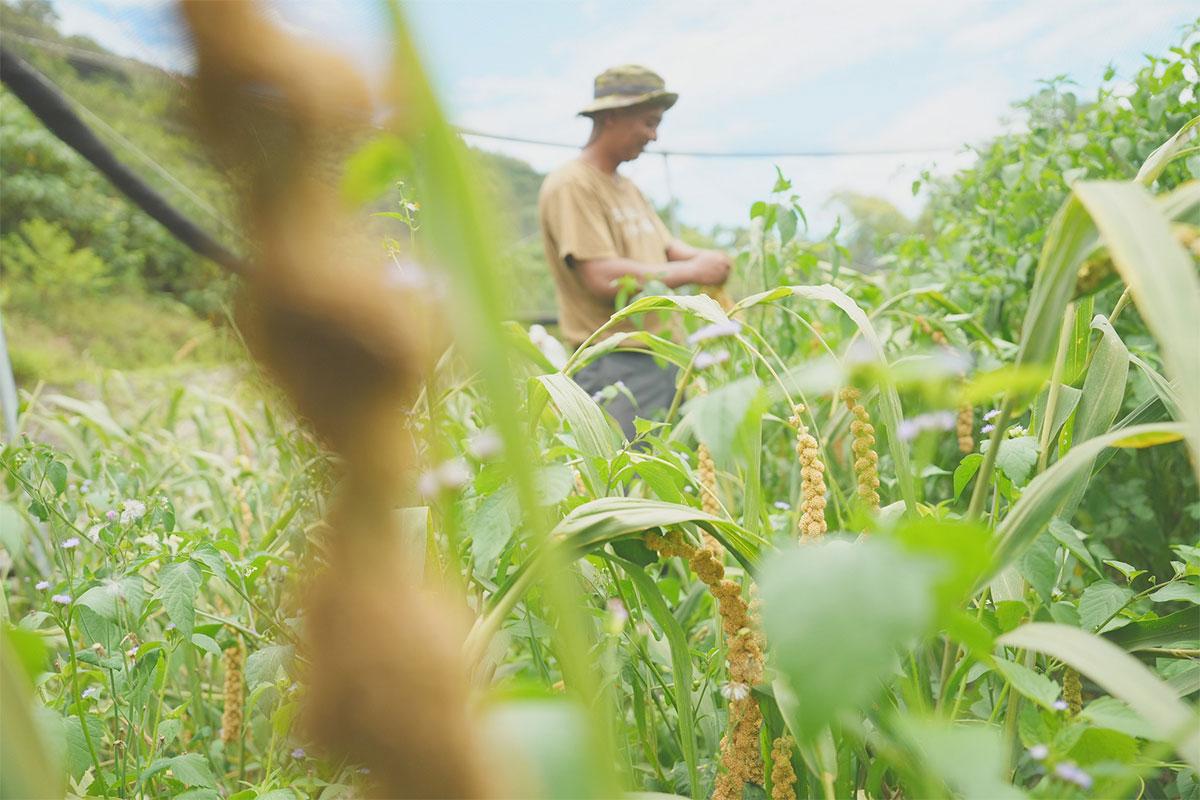
During the millet spring planting season,
the earth itself is in a state of nurture.
This is when hunters become farmers, devoting themselves fully to the growing season.
When the areca flowers bloom, the harvest is complete,
and farmers return once more to their hunter roles.
Millet sets the rhythm — planting, hunting, teaching, rituals...
This is the time of Tutsak,
a rhythm that belongs only to this land —
a way of living, written in the language of the forest calendar.
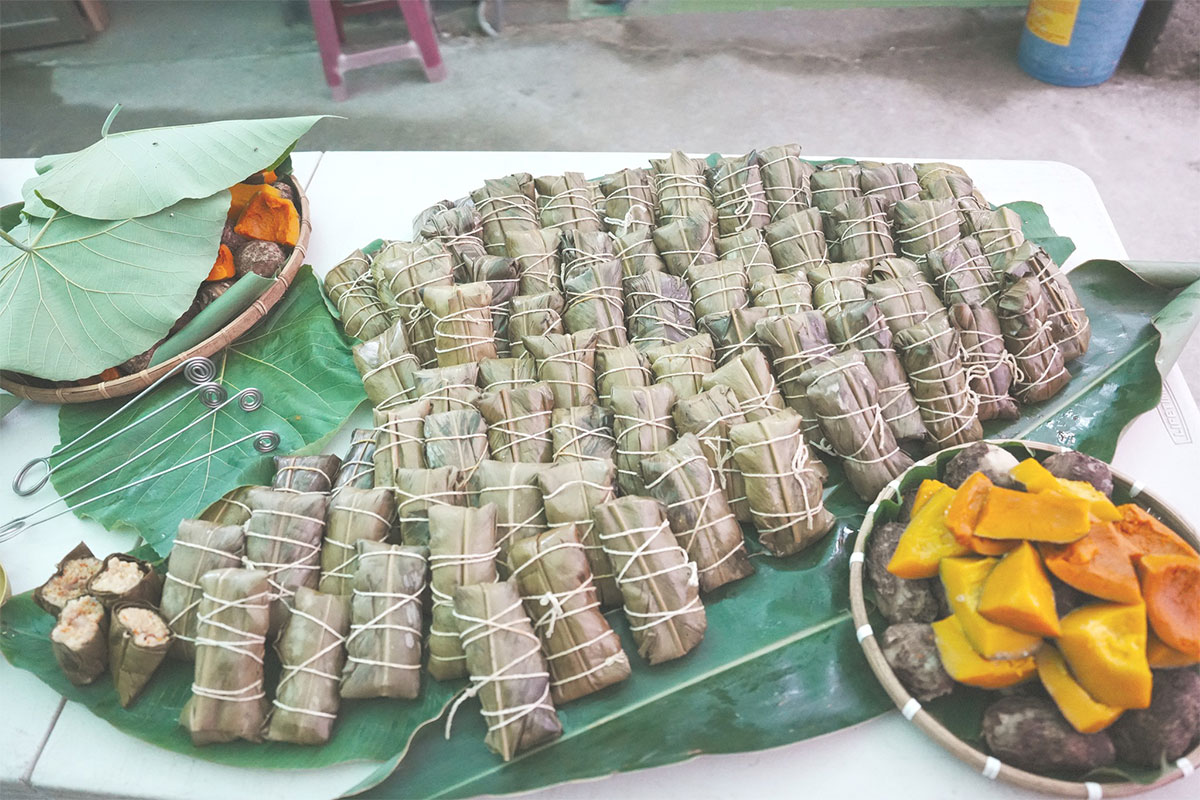 Cinavu, taro, and pumpkin are a classic trio in Indigenous cuisine.
Cinavu, taro, and pumpkin are a classic trio in Indigenous cuisine.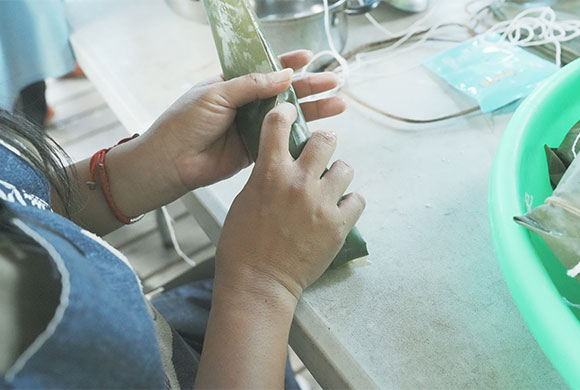 Cinavu: wrapped with layers of shell ginger leaves and wild pepper leaves, <br>filled with millet and pumpkin.
Cinavu: wrapped with layers of shell ginger leaves and wild pepper leaves, <br>filled with millet and pumpkin.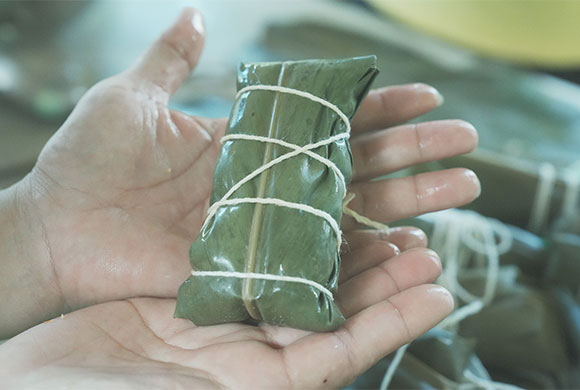 Wrapped and ready — <br>waiting to be cooked.
Wrapped and ready — <br>waiting to be cooked.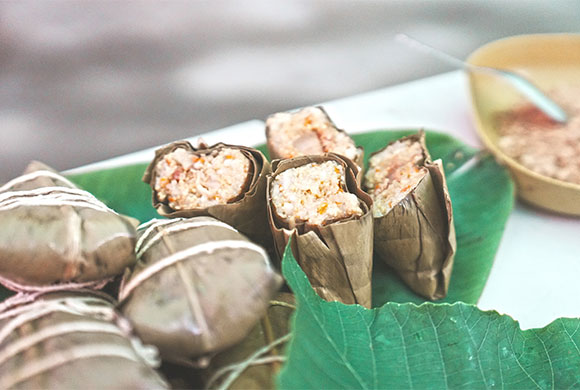
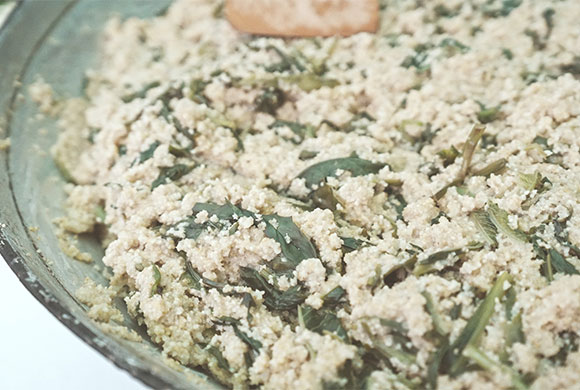 “Shaken rice” <br>is another classic millet dish in the community.
“Shaken rice” <br>is another classic millet dish in the community.